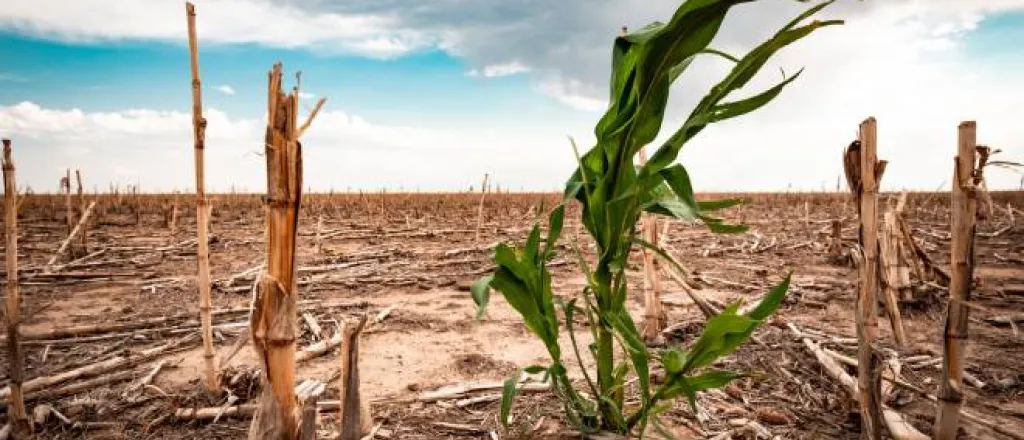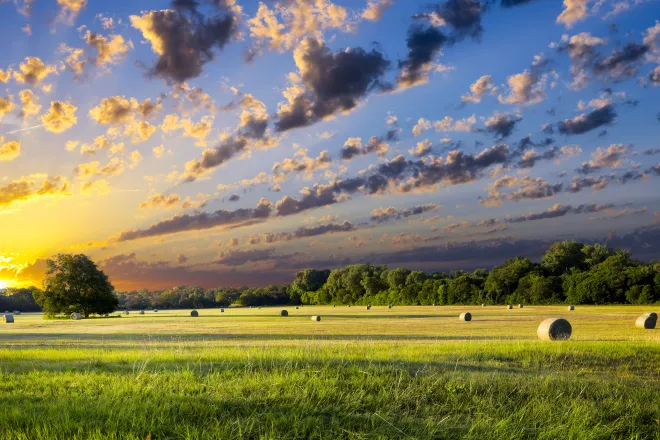
6 ways that climate change is making farming harder
©
Farming has never been an easy job, but today’s farmers are facing challenges on a whole new level. Extreme weather patterns, rising temperatures, and shifting ecosystems are directly affecting how we grow food. Read on to learn how climate change is making farming harder and obliging farmers like yourself to adapt.
Water scarcity and prolonged droughts
You cannot cultivate food—whether plant or animal—without water. That’s why the most concerning issue facing agriculture when it comes to climate change is worsening water scarcity.
Many regions are experiencing prolonged droughts that leave fields dry and irrigation systems strained. Water sources aren’t as reliable as they used to be.
Therefore, one of the most pressing agricultural strategies to adapt to climate change is being smarter about water management. You might need to invest in more efficient irrigation methods or diversify your crops to include varieties that can thrive in lower-water conditions.
Shifting and unpredictable growing seasons
The seasons you once counted on for planting and harvesting might not be as predictable anymore. Warmer winters, earlier springs, and erratic weather patterns make it harder to know when to sow and reap. These changes can affect everything from seed germination to crop yields. You’re left guessing and adapting on the fly, often at the expense of your bottom line.
More pest issues
Warmer temperatures and milder winters are a dream for pests that would have otherwise been controlled by natural seasonal cycles. These critters are expanding their territories, living longer, and showing up in larger numbers. You might find yourself dealing with pests you’ve never encountered before or seeing the same ones earlier and later in the season, requiring more frequent and costly interventions.
Degrading soil quality
Frequent flooding and extreme heat are eroding the quality of soil on farms everywhere. Nutrient-rich topsoil washes away during intense rainstorms, while heat waves dry out the land, leaving you with soil that’s less fertile and more compacted. This kind of soil deterioration makes it harder to grow healthy crops.
Crop and livestock heat stress
When temperatures climb too high, it’s not just crops that suffer; livestock feel it too. Heat stress can impact crop pollination, making plants less productive, and reduce milk and egg yields in animals. From irrigation adjustments to climate-controlled shelters, initiatives to keep your fields and animals cool cost a pretty penny.
Saltwater contamination
Rising sea levels are creeping into agricultural zones along coastlines. Saltwater intrusion into freshwater supplies and farmland makes it harder for crops to grow. This contamination means you might need to treat your soil or find alternative water sources, both of which contribute to rising costs.
Climate change is undeniably making farming harder. As a result, you must face these challenges head-on with new strategies and solutions to help your farm stay productive. Fortunately, growing awareness in the agricultural and scientific community is contributing to the development of new technology and solutions to sustain farming across the world.
















